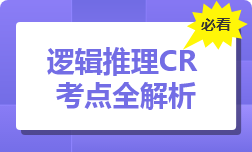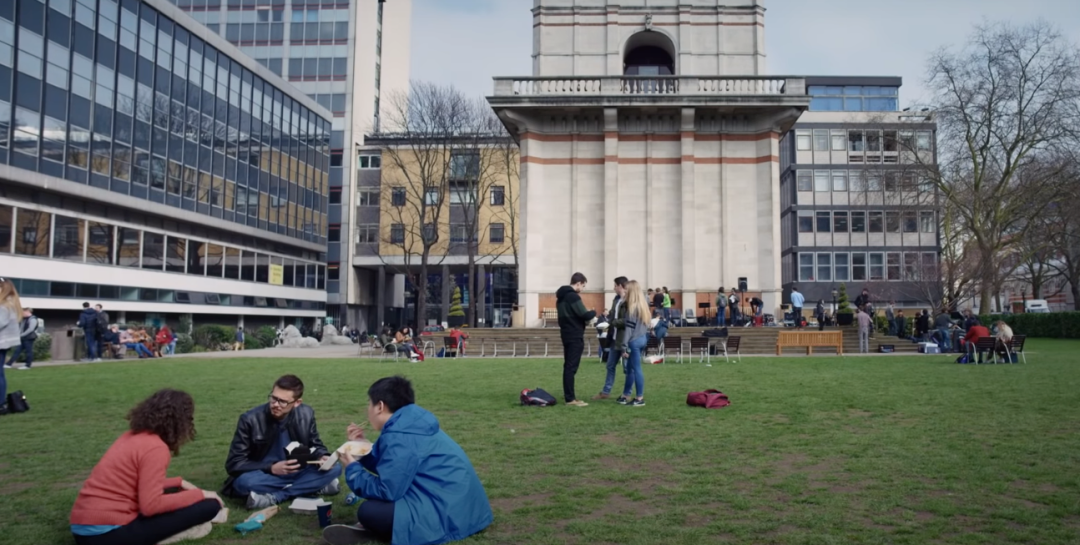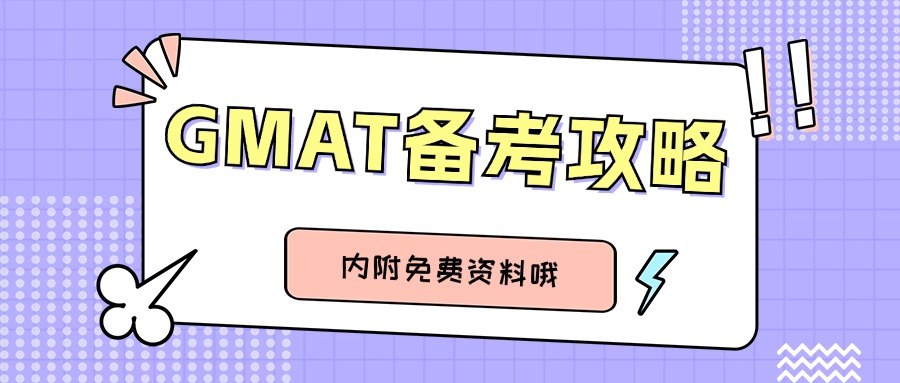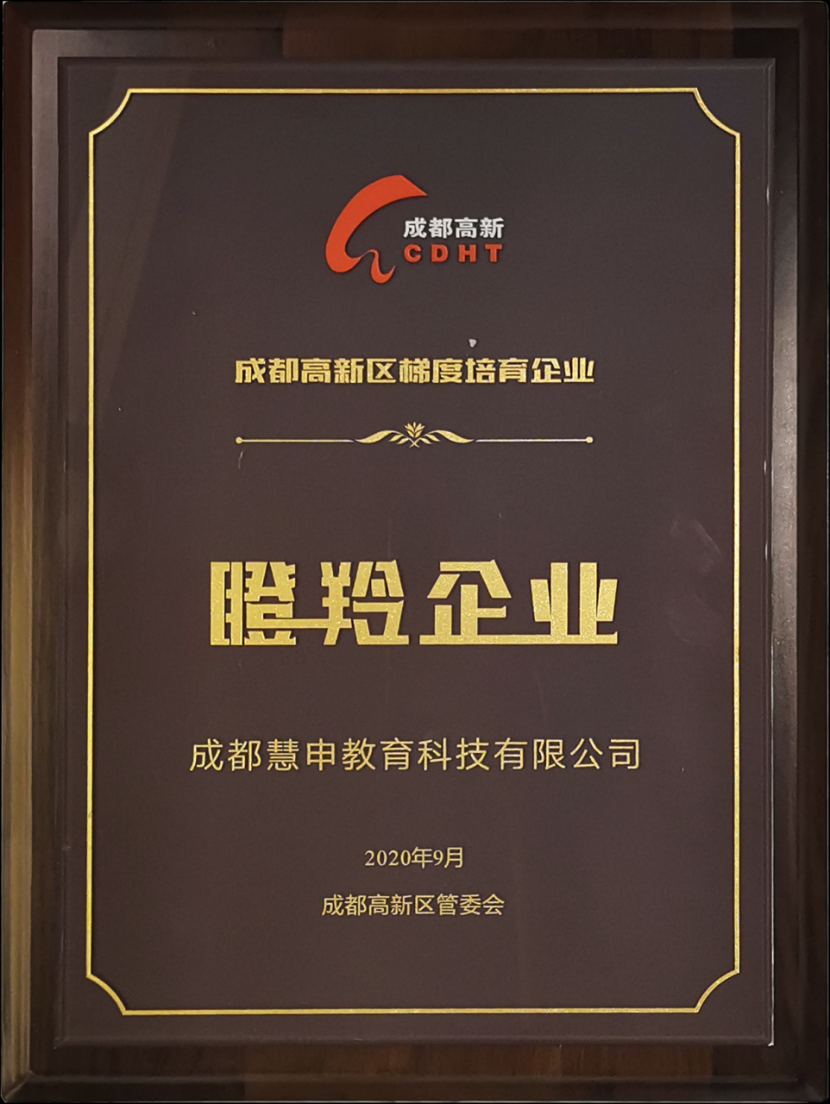视频解析
文字解析
Argument Ev
Situation
The arts advocate argues that universities should increase the number of art courses required for students specializing in science and technology, with the
goal of helping these students succeed in their careers. Few universities require students in these fields to take many art courses.
Reasoning
What piece of information, if true and added to the argument, would most strengthen it? One of the arts advocate’s premises is that progress in science and technology requires creativity. Another premise is that courses in the arts foster creativity. The conclusion is that universities should, for the sake of promoting career success, require students specializing in science and
technology to take more courses in art. Suppose that participation in art
courses enriches students’ participation in the science and technology courses: that would be a further reason for universities to require that the students take more art courses.
A. This does not indicate that increasing art offerings now for science and technology
students is the most prudent course of action. Universities’ past decision to offer fewer art courses for science and technology students may have resulted from review of data, careful analysis, and prudent policy assumptions. For example, the decision may have been required in order to finance provision of more science and technology courses.
B. Correct. This suggests that participation in art courses increases the value of science and technology courses, an additional piece of information that strengthens the argument.
C. The argument does not suggest that the goal of requiring science and technology students to take more art courses is to persuade more students interested in art to
specialize in science and technology. This information is therefore largely irrelevant to the arts advocate’s Reasoning.
D. This information does not address the role art may have played in the scientists’ achievements in science and technology. Several of these scientists may well have been aspiring artists who failed or became disenchanted and discovered that they could
better exploit their talents in science and technology.
E. The arts advocate does not advocate that science and technology topics be addressed in art courses. The arts advocate’s Reasoning focuses on the value of art courses in fostering creativity.
The correct answer is B.
GMAT会员
- 【OG18-P680-668题】In a review of 2,000 studies of human behavior that date back to the 1940s, two Swiss psychologists, declaring that since most of the studies had failed to control for such variables as social class and family size, none could be taken seriously.
- 【OG18-P680-671题】Manufacturers rate batteries in watt-hours; if they rate the watt-hour higher, the longer the battery can be expected to last.
- 【OG18-P680-672题】At the end of the 1930s, Duke Ellington was looking for a composer to assist him-someone not only who could arrange music for his successful big band, but mirroring his eccentric writing style as well in order to finish the many pieces he had started but never completed.
- 【OG20-P569-634题】Snowmaking machines work by spraying a mist that freezes immediately on contact with cold air. Because the sudden freezing kills bacteria, QuickFreeze is planning to market a wastewater purification system that works on the same principle. The process works only when temperatures are cold, however, so municipalities using it will still need to maintain a conventional system. Which of the following, if true, provides the strongest grounds for a prediction that municipalities will buy QuickFreeze's purification system despite the need to maintain a conventional purification system as well?
- 【OG20-P147-8题】(12 -13 )+(13 -14 )+(14 -15 )+(15 -16 )=

添加官方小助手微信
了解更多GMAT考试与咨询















 400-600-1123
400-600-1123





 资深讲师题题有解析
资深讲师题题有解析






















 12G备考资料
12G备考资料